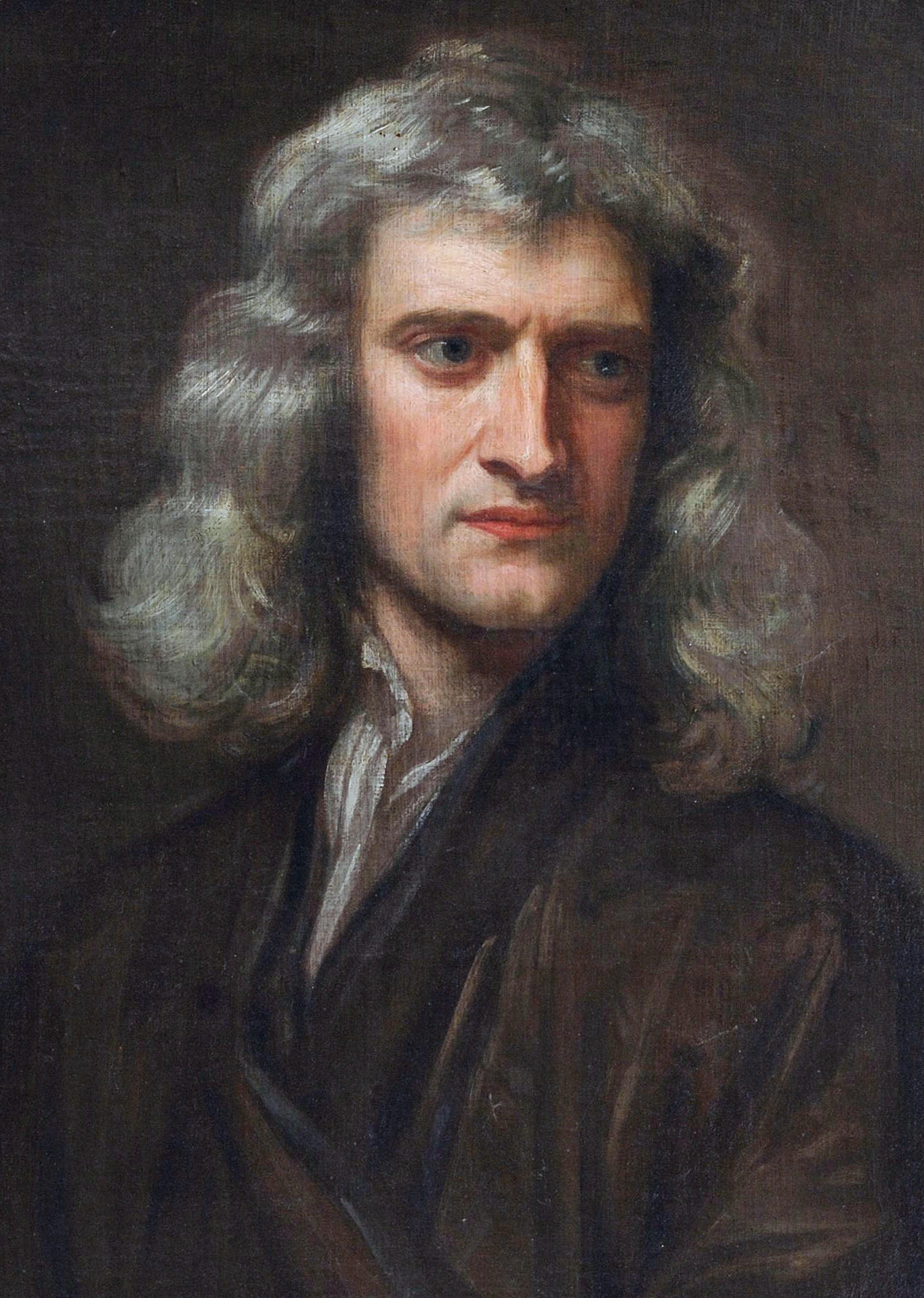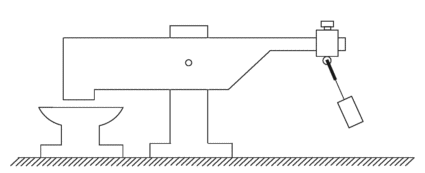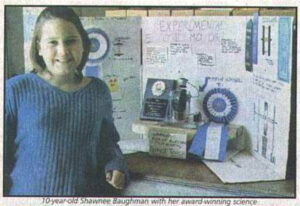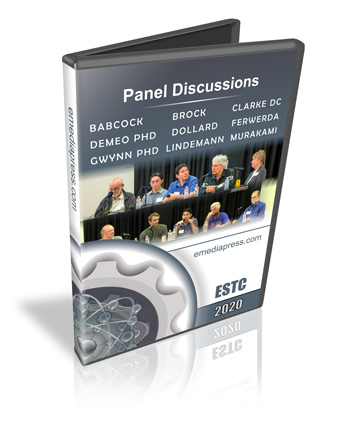
Conventional physics is in alignment with Newton’s 3rd Law of Motion where every action is supposed to have an equal and opposite reaction. However, that is a misunderstanding of natural phenomena because the reality is that the combined forces are divided between two reference points and that is a huge difference in the interpretation of nature. However that may be, this still does not permit a propulsion system with no reaction at all.
An important distinction is that there actually are mechanical systems, which take a reaction but turn it around to help push the machine/device/system in the forward direction. That means that the reaction is not opposing anything and is actually used to become additive to the original forward motion that created it to begin with. That means more forward work is accomplished compared to the work that was input and this violates no laws of physics contrary to conventional belief. Take note that there still is a reaction, but it does not buck the forward intended motion.

Examples of these include Veljko’s 2 Stage Mechanical Oscillator, Fernando Sixto Ramos Solano’s Force Multiplier System, William F. Skinner’s 1939 Gravity Power Machine and others. These systems have many things in common, which include the fact that there is a reaction in the system that is cleverly manipulated into doing forward work for the system. No laws of physics are violated and it has nothing to do with perpetual motion.
Now, lets get to systems that have no apparent reaction whatsoever. We’re not talking about using reactive power to do forward work, we’re taking about a system that appears to have no reaction at all.
Recently in the news, a new space propulsion drive is being admitted by NASA to have no reaction and it is ruffling some feather. An astrophysicist told Space.com, “The reason it’s controversial is, it violates Newton’s Third Law.”

The concept was invented by Roger Shawyer who calls it an EmDrive. Microwaves are bounced around inside a conical shaped container and without any propellant, a small amount of thrust is created. This has been verified by researchers at NASA’s Johnson Space Center in Houston.
The thrust produced is extremely small but nevertheless, it works and of course needs to be researched and developed further. It is always a good sign when we see conventionally trained academics and engineers admitting that something is doing the “impossible” and is apparently violating the coveted laws of physics.
You can read more about this here: http://www.space.com/29363-impossible-em-drive-space-engine-nasa.html
The paper by NASA on this project is here: http://ntrs.nasa.gov/search.jsp?R=20140006052 – a link to the PDF is on this page.
It seems that the conical shape is causing a simple potential difference between the narrow and wide end giving it somewhat of an asymmetrical dipole effect that appears to be related to a century old discovery.
A reaction-less space drive has was invented and proven out in the 1920s – almost 100 years ago!
Thomas Townsend Brown developed an interesting propulsion system using capacitors charged to a high voltage. When charged up, the capacitor moves through space in the direction of the positive terminal. Here is a short excerpt from his British Patent #300,311, A Method of & an Apparatus or Machine for Producing Force or Motion:
“The invention also relates to machines or apparatus requiring electrical energy that control or influence the gravitational field or the energy of gravitation; also to machines or apparatus requiring electrical energy that exhibit a linear force or motion which is believed to be independent of all frames of reference save that which is at rest relative to the universe taken as a whole, and said linear force or motion is furthermore believed to have no equal and opposite reaction that can be observed by any method commonly known and accepted by the physical science to date. ”
This reaction-less propulsion system from he 1920s is not just theoretical, it demonstrates what is known as the Biefeld-Brown Effect, which is the basis for a field known as “Electrogravitics.”
Ten years ago when I first wrote The Quantum Key, my layman’s Aetheric Unified Model predicted the proper direction of movement in this manner without having ever heard of the Bifeld-Brown Effect. Basically, the positive charge of the aetheric source potential is repelled by the high voltage positive at the leading edge of the “craft” and this causes it to be deflected over the shell towards the negative end. Simultaneously, the implied anti or negative charge of the aether pulls on the positive end of the craft and causes it to move along at a negative resistance and this seems to be the obvious reason for no reaction – there simply is no positive resistance it is moving in to. Since the positive aetheric source charge is what causes inertia by imparting an electrostatic repulsion against the protons that make up the mass, inertia is reduced since that which causes it is no longer moving through the atomic matrix of the mass that makes up the craft – it is deflected over it. This appears to be the main principle at play in any asymmetrical thruster that has no reaction.
Anyway, the mainstream sources of information are really mainstream sources of disinformation because it is constantly claimed that the effect is nothing more than ion wind and that the movement is ion propulsion, but it is not. There is a small bit of ion wind, but not even close to being enough to account for the amount of lift or thrust given to an apparatus utilizing the Biefeld-Brown Effect.
The most common is known as a “Lifter” and you can see a very basic one in operation here:
Here is a PDF of a report from the U.S. Army Laboratory stating, “The calculations indicate that ionic wind is at least three orders of magnitude too small to explain the magnitude of the observed force on the capacitor.” Force on an Asymmetric Capacitor

 Shawnee won a Blue Ribbon for the science, and a special award for Best of Show, and ever since that time, the machine has been called the “School Girl Motor” or the “Bedini SG” for short.
Shawnee won a Blue Ribbon for the science, and a special award for Best of Show, and ever since that time, the machine has been called the “School Girl Motor” or the “Bedini SG” for short. A & P Electronic Media has now released Bedini SG – The Complete Advanced Handbook. The finale to this paradigm-shattering trilogy teaches the reader how to convert the mechanical work produced on the wheel into even more electricity, in an extremely efficient way. As a matter of fact, it is so efficient that at the recent 2014 Energy Science & Technology Conference, Peter Lindemann was able to demonstrate how to light a large bank of LEDs to a very bright level without reflecting almost any mechanical load back to the machine.
A & P Electronic Media has now released Bedini SG – The Complete Advanced Handbook. The finale to this paradigm-shattering trilogy teaches the reader how to convert the mechanical work produced on the wheel into even more electricity, in an extremely efficient way. As a matter of fact, it is so efficient that at the recent 2014 Energy Science & Technology Conference, Peter Lindemann was able to demonstrate how to light a large bank of LEDs to a very bright level without reflecting almost any mechanical load back to the machine.
